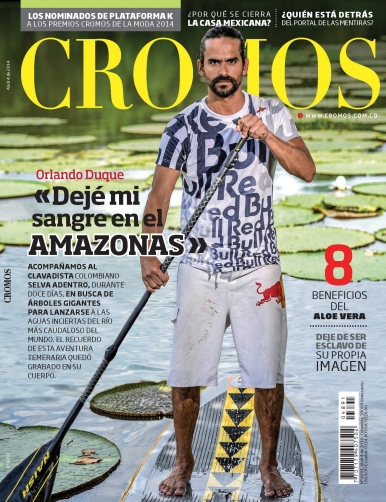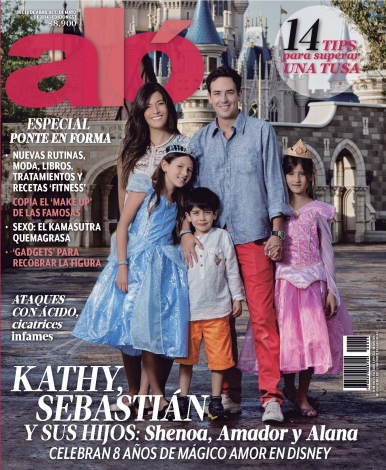
Estás filtrando por
Se encontraron 5809 resultados en recursos

Compartir este contenido
Metodología para el monitoreo participativo de la restauración ecológica con estudiantes de primaria en plantaciones de cacao de Mérida, Venezuela
Copia el enlace o compártelo en redes sociales

Cromos - 04/04/14
Compartir este contenido
Validación de la metodología Corine Land Cover (CLC) para determinación espacio-temporal de coberturas: caso microcuenca de la quebrada Mecha (Cómbita, Boyacá), Colombia
Copia el enlace o compártelo en redes sociales

Semana - 19/01/14
Compartir este contenido
Semana - 19/01/14
Copia el enlace o compártelo en redes sociales

SoHo - 12/12/13
Compartir este contenido
Presencia del pez basa, Pangasianodon hypophthalmus (Sauvage, 1978) (Silurifotmes: Pangasiidae), en la cuenca del ríuo Magdalena, Colombia
Copia el enlace o compártelo en redes sociales

Aló - 18/04/14
Compartir este contenido
Aló - 18/04/14
Copia el enlace o compártelo en redes sociales

Miconia curvitheca (Melastomataceae), una nueva especie nativa de los bosques altoandinos y subparamos de los Andes centrales, Colombia
Compartir este contenido
Miconia curvitheca (Melastomataceae), una nueva especie nativa de los bosques altoandinos y subparamos de los Andes centrales, Colombia
Copia el enlace o compártelo en redes sociales

Riqueza genérica y distribución de Elmidae (Insecta: Coleoptera, Byrrhoidea) en el departamento del Valle del Cauca, Colombia
Compartir este contenido
Riqueza genérica y distribución de Elmidae (Insecta: Coleoptera, Byrrhoidea) en el departamento del Valle del Cauca, Colombia
Copia el enlace o compártelo en redes sociales

Estudios en Asteraceae de Colombia: primer registro del género Tragopogon L.
Compartir este contenido
Estudios en Asteraceae de Colombia: primer registro del género Tragopogon L.
Copia el enlace o compártelo en redes sociales

Gestión integral de la biodiversidad en el Distrito Capital. Aportes para una gobernanza urbana
Compartir este contenido
Gestión integral de la biodiversidad en el Distrito Capital. Aportes para una gobernanza urbana
Copia el enlace o compártelo en redes sociales

Zona E - 12/06/13
Compartir este contenido
Registro de mortalidad de fauna silvestre por colisión vehicular en la carretera Toluviejo – ciénaga La Caimanera, Sucre, Colombia
Copia el enlace o compártelo en redes sociales
Selecciona las Colecciones en las que vas a añadir el contenido
Para consultar los contenidos añadidos busca la opción Tus colecciones en el menú principal o en Mi perfil.
